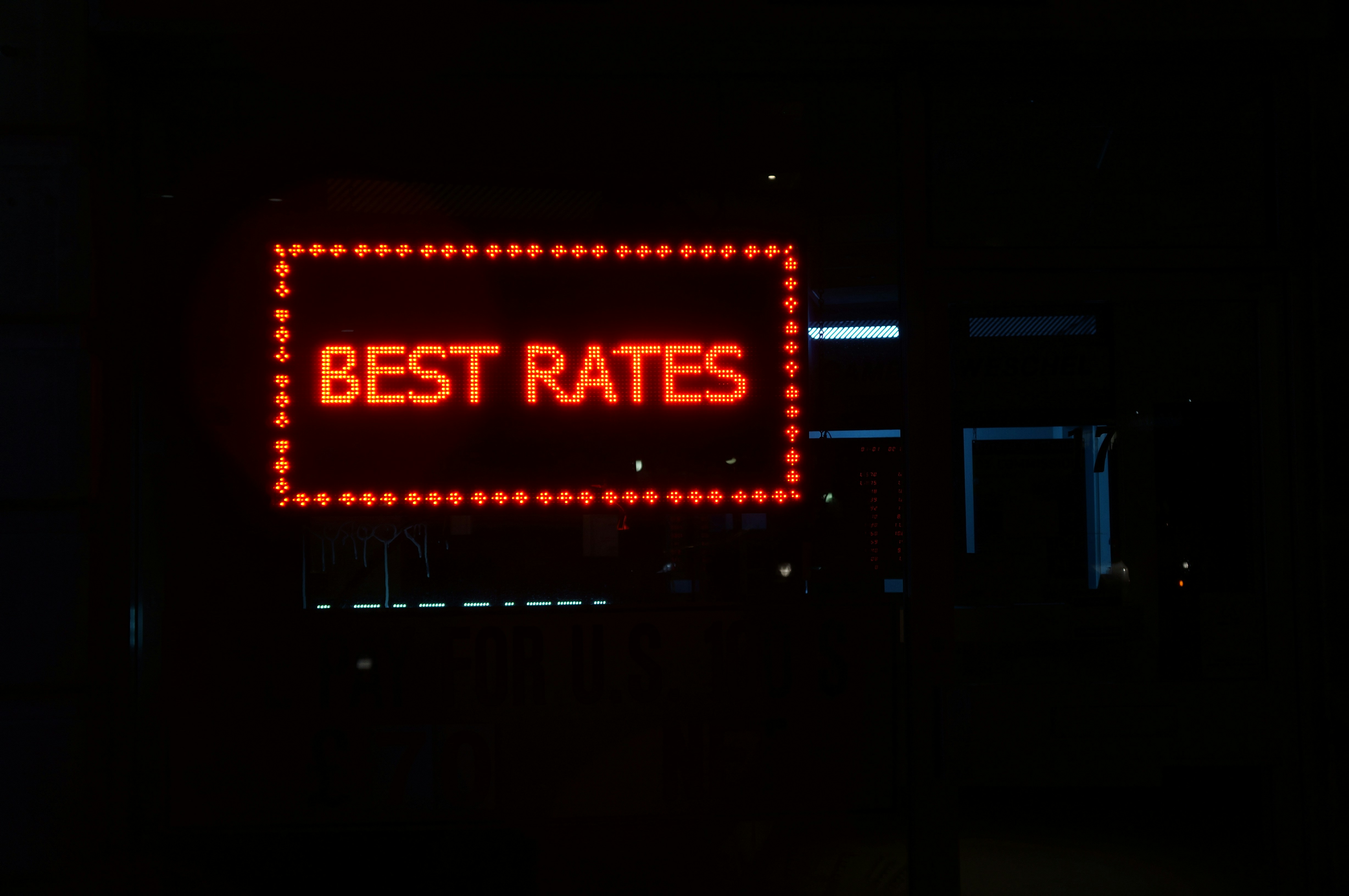Welcome to the Jorgenson Group’s mini crash course on mortgages—no snoozing allowed. If the idea of interest rates makes your eyes glaze over, don’t worry—we’re here to break it down in human speak (with a few jokes). Knowing how mortgage interest rates work is one of the smartest tools in your homebuying or refinancing toolbox—and it helps your wallet, too.

1. What is a mortgage interest rate, anyway?
At its heart, a mortgage interest rate is the cost you pay (expressed as a percentage) for borrowing money to purchase a home. It’s how lenders make money off your loan, and how they account for risk. The higher the risk the lender perceives you to have (credit score, income stability, down payment size, etc.), the higher the rate they might charge you (Investopedia has a good primer) (Source: Investopedia).
One of the most confusing parts: your mortgage payment has two main components—interest and principal. Early on, more of your monthly payment goes toward interest; as time passes, more goes toward principal (i.e. paying down your loan balance). That’s just the way amortization works.
2. Fixed vs. adjustable: pick your flavor
If you like predictability, a fixed-rate mortgage is your best friend. The interest rate stays the same the entire loan term (often 15 or 30 years). That means your monthly principal + interest payment stays the same (assuming no changes in taxes, insurance, or other costs).
Then there's the wildcard: adjustable-rate mortgages (ARMs). These often start with a lower rate for a fixed period (say 5 or 7 years) and then adjust up or down periodically based on market indexes. The benefit: lower rate early on. The risk: surprise rate increases later. (Check out the explanation of ARM caps and adjustments) (Source: Investopedia).
You may also run across discount points: you can pay extra up front to “buy down” your rate by a fraction of a percent—essentially pre-paying interest to lower your long-term cost (but only worth it if you stay in the home long enough) (Source: Wikipedia).
3. What really moves rates (no, the Fed doesn’t set them directly)
It’s a common myth that the Federal Reserve sets your mortgage rate. Actually, they influence key benchmark rates (like the federal funds rate), which ripple through the economy—but mortgage rates are more closely tied to long-term bonds, especially the 10-year U.S. Treasury yield (PBS+1). When bond yields go up, mortgage rates tend to move up; when yields drop, mortgage rates often follow.
That said, Fed policy still plays a role: cuts or hikes in short-term rates can alter expectations for inflation, bond markets, and overall investor sentiment. And of course, lenders always build in a buffer margin based on their costs and risk tolerance.
In 2025, many experts believe mortgage rates will drift downward modestly—some forecasts suggest the 30-year fixed rate could average around 6.0% and even dip below 6% by 2026 (Fannie Mae+1). But temper your expectations: rates likely won’t dive overnight.
4. What you control: your credit, down payment, loan term & more
Here’s where you get to play hero in your own financial story:
Credit score: A stronger credit profile = better rates.
Down payment: Larger down payments reduce the lender’s risk, which can lead to a better rate.
Loan term: Shorter terms (like 15 years) typically mean lower interest rates, though higher monthly payments.
Loan type / amount: Conventional vs. FHA vs. VA, and whether your loan is “jumbo,” all influence rates.
Discount points / buy-downs: As above, you can pay upfront to reduce your rate.
Rate locks & float-downs: If you find a rate you like, you can “lock” it while your loan processes. Some lenders offer a float-down option (if rates drop further) for a fee.
By optimizing these levers, you can shave significant dollars off the total cost of your mortgage.
5. Timing, strategy, and what we at Jorgenson Group suggest
If you’re in the market right now, you might be asking: “Should I lock in or wait?” The short answer: it depends. If you find a mortgage rate that fits your budget and life-plan, there’s risk in waiting for rates to drop—they might just bounce higher instead. On the other hand, if you have flexibility and want to watch market trends, a short float period before locking may make sense.
We always encourage clients to:
Get pre-approved early (so you know your rate range).
Consider a rate lock when you’re under contract.
Ask your lender about float-down options (just in case).
Watch economic indicators—especially inflation reports, job growth data, and Treasury yields.
Revisit refinancing later if rates slide in your favor.
Bottom line: mortgage interest rates may seem like sorcery, but once you understand the moving parts, you regain control. If you'd like us to help you compare potential rates or strategies (or even just nerd out over bond yields), the Jorgenson Group is always here to chat. Let’s turn confusing numbers into confident decisions—together.


